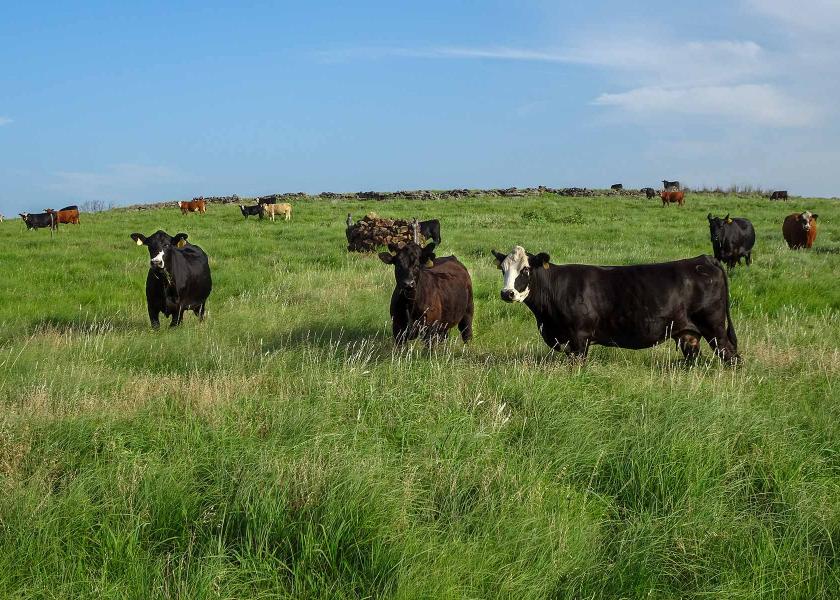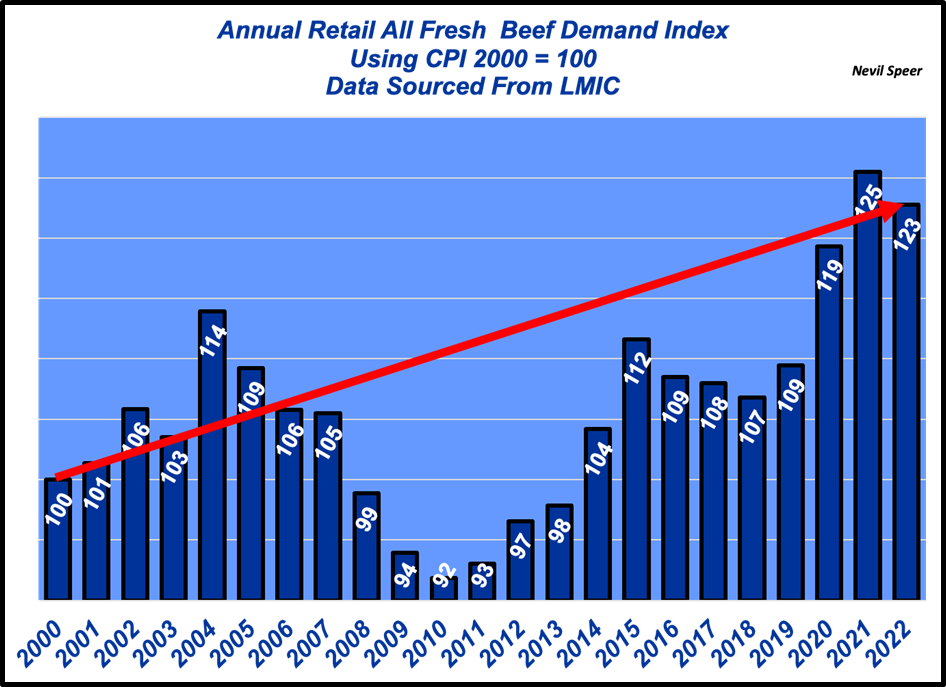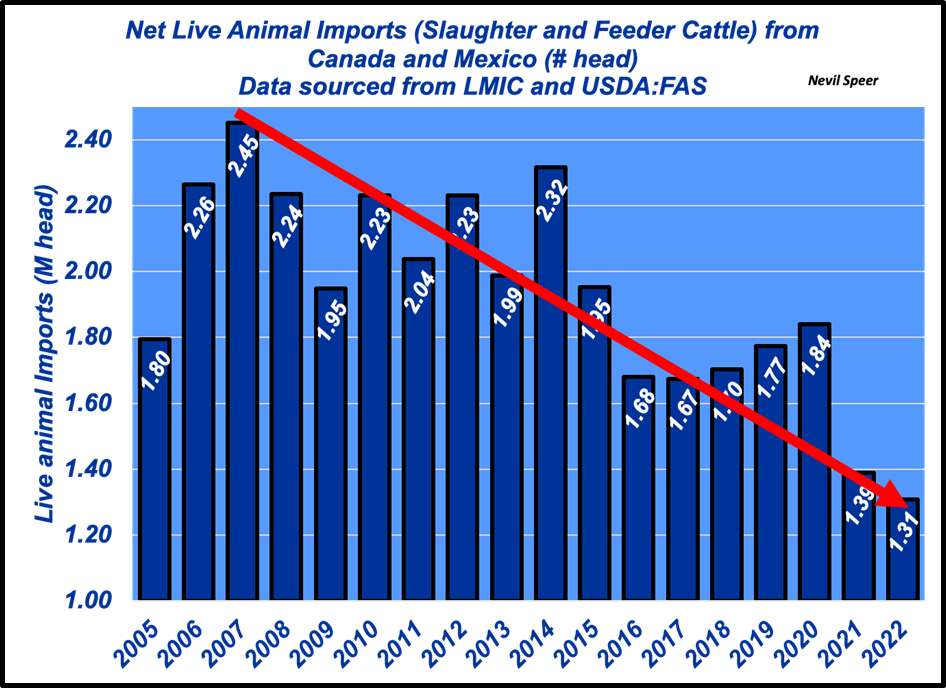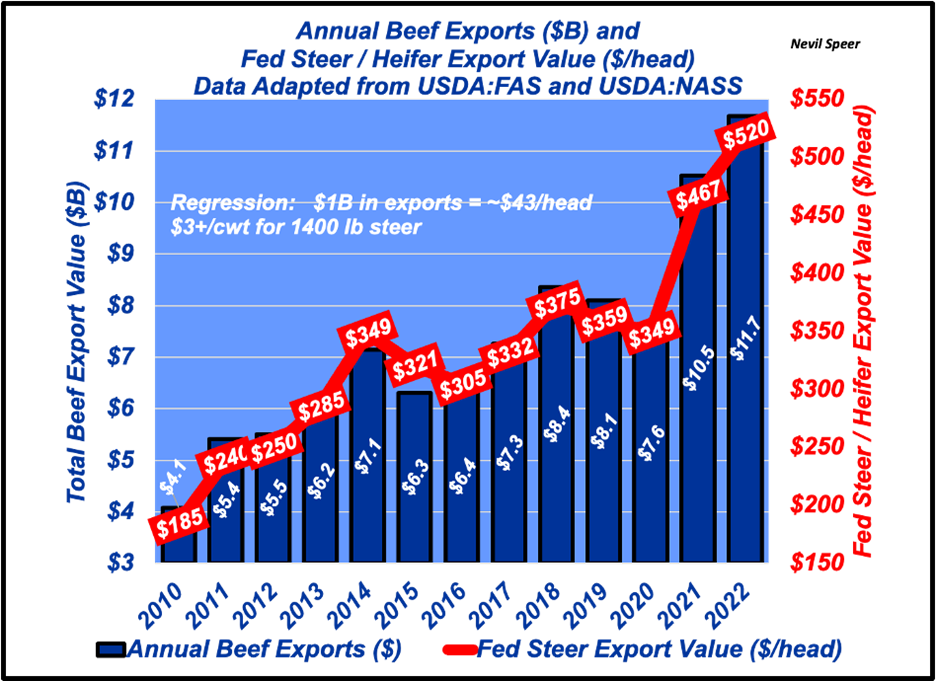Speer: More Questions Than Answers

Background: Imagine yourself being a staffer on the Hill. You’re preparing for a meeting with a lobbyist from one of the cattle groups to discuss the Farm Bill. So, you’re reviewing background material they’ve provided; one statement particularly sparks your interest:
The cattle industry is ultra-sensitive to increased imports. Studies have found that a supply increase of just 1% in fed cattle numbers would be expected to reduce cattle prices by about 2%.
That assertion includes a footnote citation. It references an extension publication authored by Dr. Wayne Purcell, Virginia Tech University: The “Why” of Record High Cattle Prices and Background for Longer Term Strategic Planning.
If-Then: You click through the embedded link to verify all this for yourself. The Dr. Purcell’s newsletter provides confirmation of the group’s statement regarding supply and prices: “…an increase in supply of 1% in fed cattle numbers, we would expect fed cattle prices to go down about 2%.”
But there’s an immediate qualifier to that statement NOT cited by the group: “…assuming the demand for fed cattle derived from what's going on in demand at the consumer level is constant and not shifting.” That is, over the long run, IF demand remains constant, THEN the market would be expected to reflect the supply / price relationship cited above.
But the IF (“holding other things constant”) never happens over the long run. Therefore, the THEN (as cited by the group’s report) is called into question. You subsequently note that Dr. Purcell’s newsletter was published in late-2003. Since then, beef demand has risen solidly over time (anything BUT constant). (see first graph below).

Int’l Trade: With that, you decide to dig a little deeper on the topic of international trade. You further discover the data tells a different story versus what’s portrayed by the report. That is, live animal imports are on the decline and at their lowest levels since the trade disruption following BSE – the foundation for Dr. Purcell’s discussion. (see second graph below).

That inherently leads to some exploration regarding exports. After all, international trade is a two-way street and the group’s report doesn’t provide any context regarding exports. It doesn’t take much digging to learn the beef industry exported $11.7B in product value in 2022 (11% better versus ’21 and a whopping 39% ahead of the five-year average). Moreover, since 2010 total export growth has exceeded 9% annually. (see third graph below).

Ultra-Sensitive?: Last, your research leads you to a recent white paper (authored by Drs. Tonsor and Peel) regarding the importance of international trade to the beef industry. Based on your discovery of the data cited above, one of the key points outlined in the executive summary especially resonates with you:
It is hard to over-state the complex and ever-growing role of beef exports and imports…[They] combine to provide opportunities to increase value to the U.S. industry by exporting products that have more value in foreign markets and importing products that can be sourced more economically in international markets.
More Questions Than Answers: All this leaves you with lots of questions for the lobbyist. For example:
- Primarily, why is there a protectionist theme laid out in the group’s Farm Bill document?
- If we limit trade for fed cattle, won’t that result in retaliation?
- Shouldn’t all cattle producers have the same opportunities? That is, wouldn’t retaliation constrain opportunities for independent producers (both ranchers and feedyards) who depend on, and benefit from, int’l feeder cattle trade?
- Don’t the broader principles matter the most? To that end, isn’t international trade an integral component of economic freedom?
Based on your review, the business is thriving. And so, you’re left with one final question for the lobbyist: maybe, just maybe…the industry isn’t nearly as ultra-sensitive as your organization portrays it to be?
Nevil Speer is an independent consultant based in Bowling Green, KY. The views and opinions expressed herein do not reflect, nor are associated with in any manner, any client or business relationship. He can be reached at nevil.speer@turkeytrack.biz.







